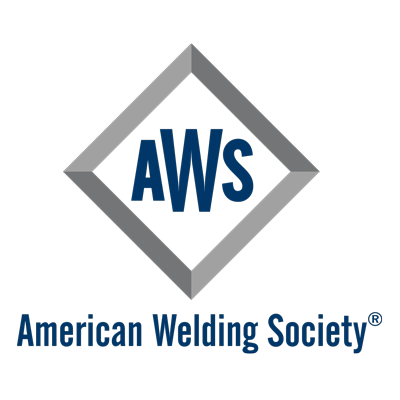Safety & Training
Ensuring the safety of our workplace is paramount at Pro-Weld LLC. We believe that a safe work environment is the foundation of our success, fostering a culture of care, responsibility, and mutual respect among our team members. Our comprehensive safety program is designed to not only comply with regulatory standards but to exceed them, ensuring every employee is equipped with the knowledge, tools, and support they need to work safely. From rigorous training sessions to regular safety audits, we proactively identify and mitigate potential hazards, making safety an integral part of our daily operations. At Pro-Weld LLC, we are committed to maintaining a workplace where every team member feels valued, protected, and empowered to contribute their best, understanding that safety is not just a protocol, but a promise we make to ourselves and each other every day.
Pro-Weld Safety Protocol's
- Use of Personal Protective Equipment (PPE): Mandatory use of PPE, including welding helmets with proper shade, fire-resistant clothing, gloves, safety glasses, ear protection, and steel-toed boots.
- Proper Ventilation: Ensuring adequate ventilation in welding areas to prevent the accumulation of harmful fumes and gases.
- Fire Safety Measures: Keeping fire extinguishers readily accessible and ensuring that all areas are free from flammable materials. Implementing hot work permits for welding in potentially hazardous areas.
- Electrical Safety: Regularly inspecting welding equipment for damaged cords and connectors and ensuring proper grounding of welding equipment.
- Fall Protection: Using safety harnesses, nets, and other fall protection systems when working at heights.
- Training and Certification: Ensuring all welders and steel erectors are properly trained and certified in their respective fields, including specific training on equipment and safety protocols.
- Equipment Maintenance: Conducting regular maintenance checks on welding and erection equipment to ensure they are in safe working condition.
- Hazard Communication: Labeling all hazardous materials and providing Material Safety Data Sheets (MSDS) to all employees. Training employees on the risks associated with hazardous materials and proper handling procedures.
- Emergency Preparedness and First Aid: Establishing clear procedures for emergencies, including first aid training for employees and ensuring easy access to first aid kits.
- Safe Lifting Practices: Training employees in proper lifting techniques and using mechanical aids whenever possible to move heavy materials and equipment.
- Lockout/Tagout Procedures: Implementing lockout/tagout procedures to ensure equipment is safely de-energized during maintenance and repair.
- Noise Control and Hearing Protection: Providing hearing protection and implementing measures to control noise exposure in high-noise areas.
- Welding Area Inspections: Regularly inspecting welding areas for potential hazards, including checking for adequate barrier protection to protect other workers and passersby from sparks and UV radiation.
- Cranes and Heavy Equipment Safety: Ensuring operators are trained and certified, and that cranes and heavy equipment are operated safely, especially when lifting and positioning steel beams.
- Communication and Signage: Using clear signage to warn of hazards and establishing effective communication protocols among team members, especially when coordinating lifts and other high-risk activities.



